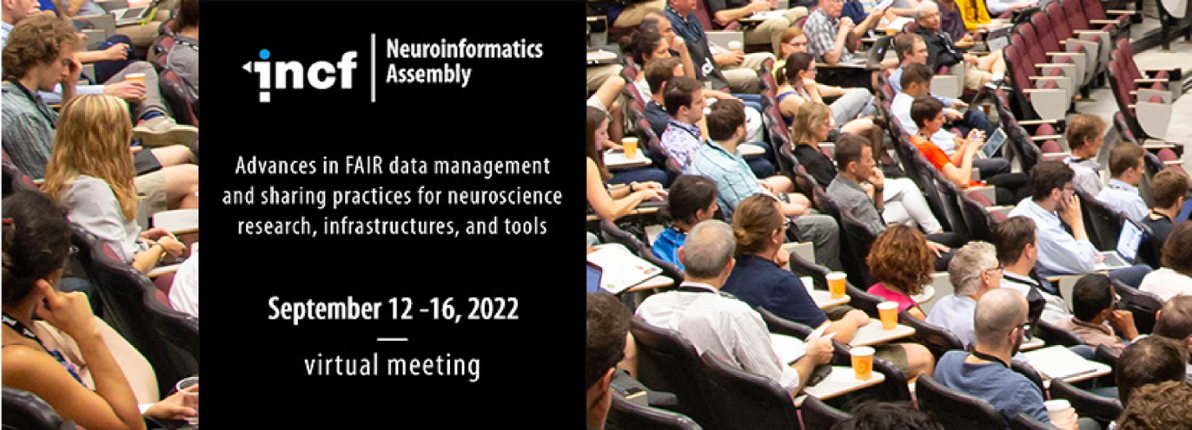INCF Neuroinformatics Assembly 2022 training workshop. Enabling multi-scale data integration: Turning data to knowledge.
Last modified by dionperd on 2024/04/08 12:54
Title: Enabling multilevel data integration: Turning data to knowledge
Chair: Hosted by NFDI-Neuro
Date: Sept-15, 2022
Location: Online
Link: https://neuroinformatics.incf.org/2022/program
TVB-multiscale JupyterHub apps are now deprecated! See: https://wiki.ebrains.eu/bin/view/Collabs/the-virtual-brain-multiscale/ about how to run TVB-multiscale (TVB-NEST, TVB-NetPyNE (NEURON), TVB-ANNarchy) on EBRAINS!
What can I find here?
and for the sessions:
- 14:40 - 15:15 (CEST): Multi-scale co-simulation of a brain model by Dionysios Perdikis (Charité)
- 15:15 - 16:00 (CEST): Hands-on: Setup a multiscale co-simulation and tune the interface between scales by Dionysios Perdikis (Charité)
Guide to run the use-case notebook
- Run the EBRAINS TVB-Multiscale app by browsing to https://tvb-multiscale.apps.hbp.eu/ and logging in with your EBRAINS account. (The first time you log-in, you might need to try several times by refreshing the page, until it works for you!)
- Navigate to "TVB-Multiscale-Examples/documented_example_notebooks" folder, and upload the , to the "Contributed-Notebooks" folder, which offers user-specific persistent storage.
- Run the WilsonCowan.ipynb notebook.
